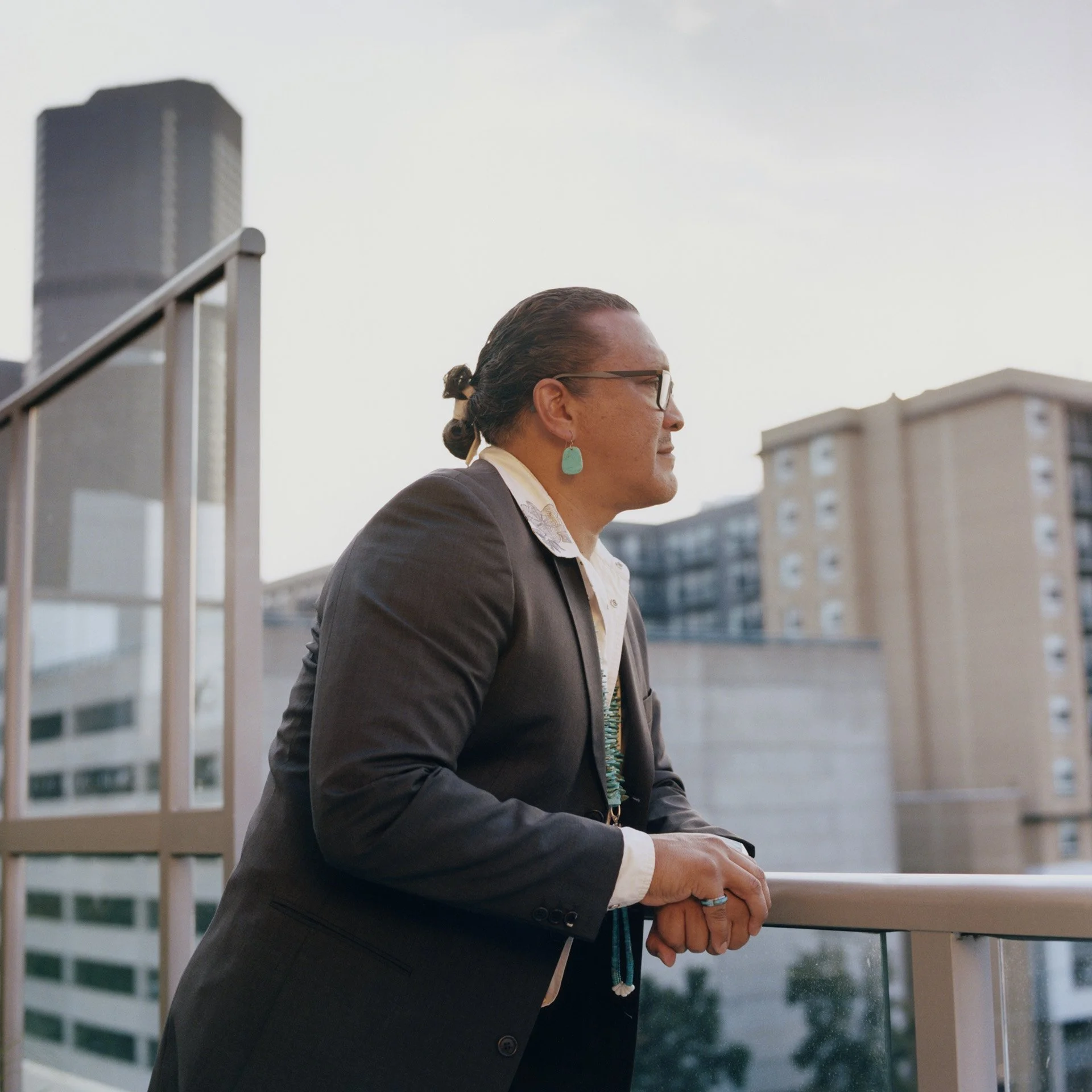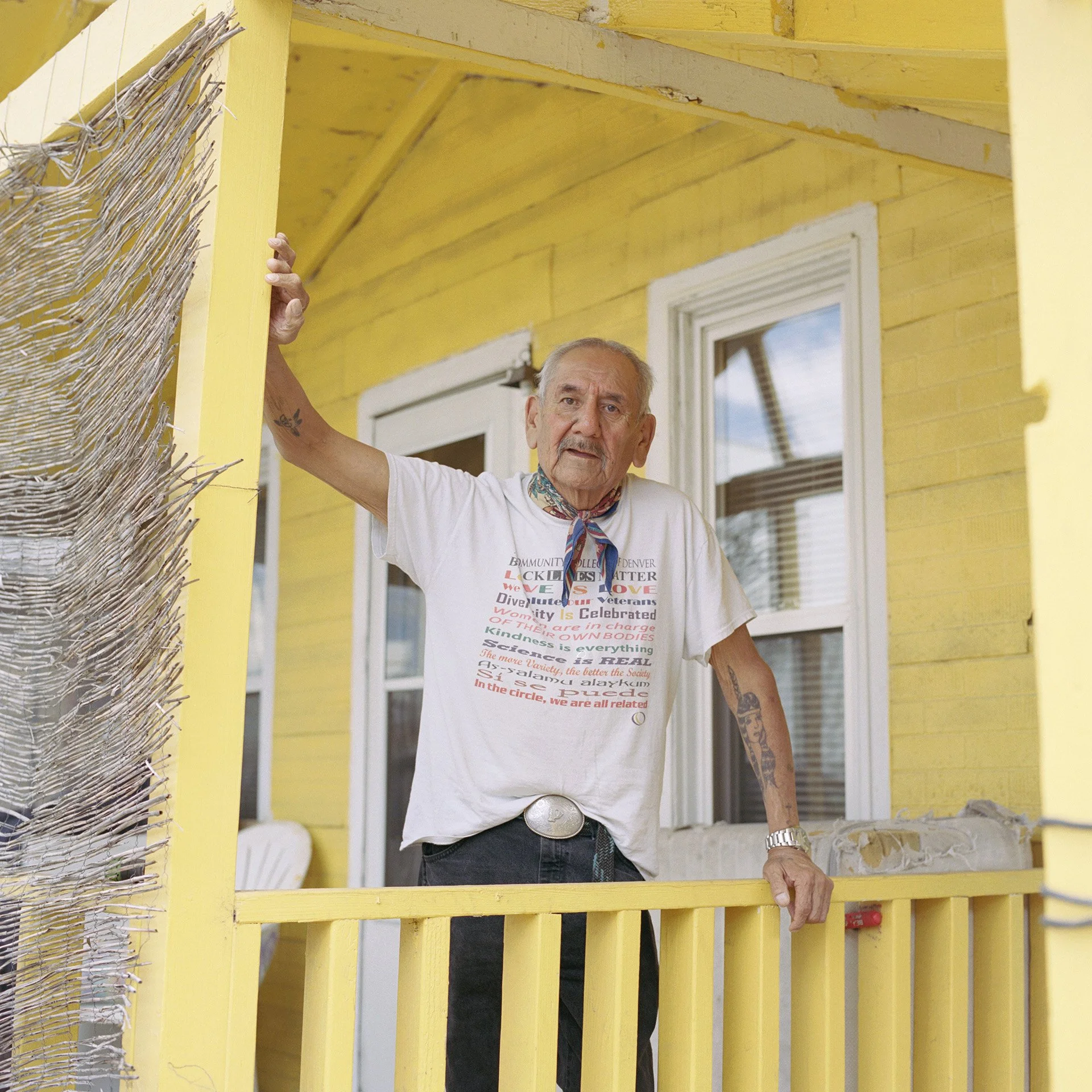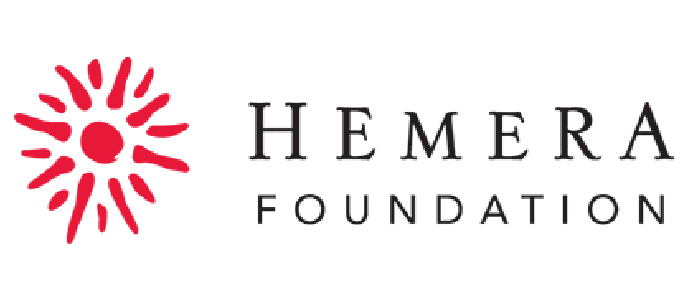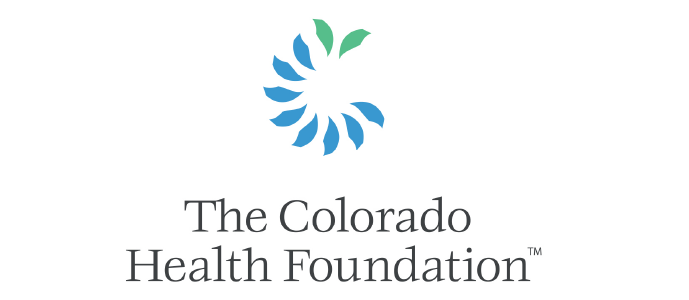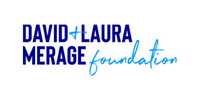RedLine is a proud partner and administrator of the Arts in Society grant. This collaborative program provides grants to both individuals and organizations that use art as a vehicle to promote social justice and community welfare.
We love highlighting our Arts in Society (AiS) grant recipients and all the unique and impactful projects made possible by their grant.
We’re excited continue this series with the 2022 AiS Grantee: The Red Road Project!
What is the Red Road Project?
The Red Road Project began in 2013 by two friends, Danielle SeeWalker and Carlotta Cardana.
Danielle is a Húŋkpapȟa Lakȟóta citizen of the Standing Rock Nation, born and raised in North Dakota. Carlotta is Italian and was curious to learn more about the Indigenous point-of-view as it related to Native American people, cultures, and history.
The two met while Carlotta was a foreign exchange student in the U.S. during the late 90’s. The project aims to explore and document the Native American narrative and offer the viewer a contemporary and Indigenous representation of the American Indian perspective.
Often, reporting on these communities has come from an outsider’s lens, looking in, and interpreting on behalf of Indigenous voices which only perpetuates stereotypes and misrepresentation.
Through The Red Road Project, Native peoples and communities have a platform to utilize their own voices and be seen the way they want to be represented.
When examining the historical trauma that American Indian people have endured for centuries, and continue to endure, this project has shifted the focus to document the inspiring and resilient stories that are not often highlighted.
The title of this work comes from various Native American teachings that encourage one to follow the ‘red road’, or the path to positive change. These are stories of people making positive impacts within their communities and redirecting the narrative to take back their identity, their culture, and to begin the journey of healing.
Tell us about the work and impact of the Red Road Project.
The work of this project continues today with focus on various topics and subjects.
We are currently uncovering some of the history and stories as it relates to the Indian Relocation Act of the 1950-60’s and specifically how Denver is tied into this history.
Denver was once the headquarters of this federal government-implemented program where thousands of Native Americans relocated here from all corners of the United States and continue to reside, work, and grow in population today. Despite this being a major piece of local and national history, it is rare that people living in Colorado or in the United States, know anything about this because minimal traces of evidence remain today.
According to the 2021 census, over 100,000 American Indian people from various tribal Nations reside in the Denver-metro and much of this population growth is because of the Indian Relocation Program. Nationally, more than 70% of Native American people live and work in urban settings.
We kicked off this chapter of our work with a trip to Washington D.C. to do research at the Library of Congress, specifically looking for government reports and newspaper clippings from when the relocation program started.
We found that sourcing these materials is quite difficult: very little has been scanned and materials are scattered all over the country.
A lot of the materials are also not available to the public because they contain personal information about the people who took part in the program. We have also been doing research locally at the National Archives facility in the Denver area. Again, obtaining documentation of this has been proven difficult to access.
The program was being advertised as a great way for Native American people to “integrate” in mainstream American society to achieve the “American Dream.” But the reality was that this program and structure wasn’t able to offer enough support to the ones relocating, especially considering that many of them had never seen a clock or an elevator before moving to the city.
The entire program was the “dream” as it related to the colonizers’ perspectives. It removed the comforts, familiarity, customs, traditions, foods and family support systems that are most important to Indigenous people.
Sadly, many turned to substance abuse as a way to cope with their struggles. This led to the creation of Pan-American Indian sectors that congregated in the cities, homelessness, poverty, and addiction.
At the same time, American Indians started banding together and that was a real push for the rise of Native American activism, like the American Indian Movement, during a time that many other parallel civil rights movements were also happening simultaneously.
During the past few months, we have collected through words, photos and video, the stories of those who came to Denver through the Relocation Act or are the descendants of people who did.
We are also working with organizations that support the American Indian population in Denver, to gain a better understanding of how the community has evolved through the years and what specific needs there are in an urban setting for Native American communities.
This chapter of the project will be completed in mid-2023 where a full exhibition will take place at RedLine Contemporary Art Center. The exhibition will include photos, video interviews, archival documents, and historical reports.
What's next in the pipeline for Red Road in 2022? What other projects are you dreaming up this year, and how will your AiS grant help to support these projects?
We have recently started a new division focusing on cultural arts and education to support the passing of traditional knowledge to younger generations.
The idea is to have Native American people teach their own communities with hopes of not only reviving endangered cultural art practices but also to create economic opportunities for new learners.
Danielle has recently designed and organized a curriculum locally in Denver centered on Plains Indian quillwork: an ancient form of textile embellishment using porcupine quills that have been traditionally practiced for hundreds of years, long before beadwork was introduced to Plains Tribes through fur trading.
It consists of harvesting porcupine quills and going through the process to prepare them and then using them to adorn moccasins, regalia, jewelry, and ceremonial items.
Quillwork is considered to be a dying artform because only older generations have come to master and know these skills. Once these elders pass away — the knowledge goes with them.
There is also a gap of passing on these skills to Native American people that live in urban areas and our objective is to also bring these resources and opportunities to cities.
The local workshop happening October-November 2022 is being taught by a Lakota elder and master quiller who was taught by her grandma 60 years ago.
What was your experience like when applying for an Arts in Society grant? What tips would you share with other artists or organizations looking to apply for an AiS grant?
We really liked how the application process was very straight-forward. The project we had in mind aligned perfectly with the objectives of AIS, so it was exciting for us and seemed like such a stellar fit.
The grant has not only offered us financial support, but it has allowed us to feel part of a network of like-minded people and organizations working in Colorado.
We would suggest having a clear idea of what you want to achieve with your project and understanding how your work can benefit the community in which it serves.
Partnering with local organizations is also key, allowing you to expand your reach and to collaborate with other people whose experience might be a great asset for the work you intend to do.
Follow the Red Road project on Instagram: @theredroadproject
Meet Another 2022 AiS Grantee: Youth Employment Academy
The Youth Employment Academy is a non-profit organization with a mission to serve young adults in breaking the cycle of generational poverty across Denver by gaining personal and economic stability through education, arts, technology, and employment training.
Learn all about their Arts in Society-funded project Edible Artscapes and how it taught youth to create a regenerative urban farming installation with integrated artistic elements in an under-resourced neighborhood!
Meet our 2022 Arts in Society Grantee: Youth Employment Academy >


